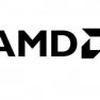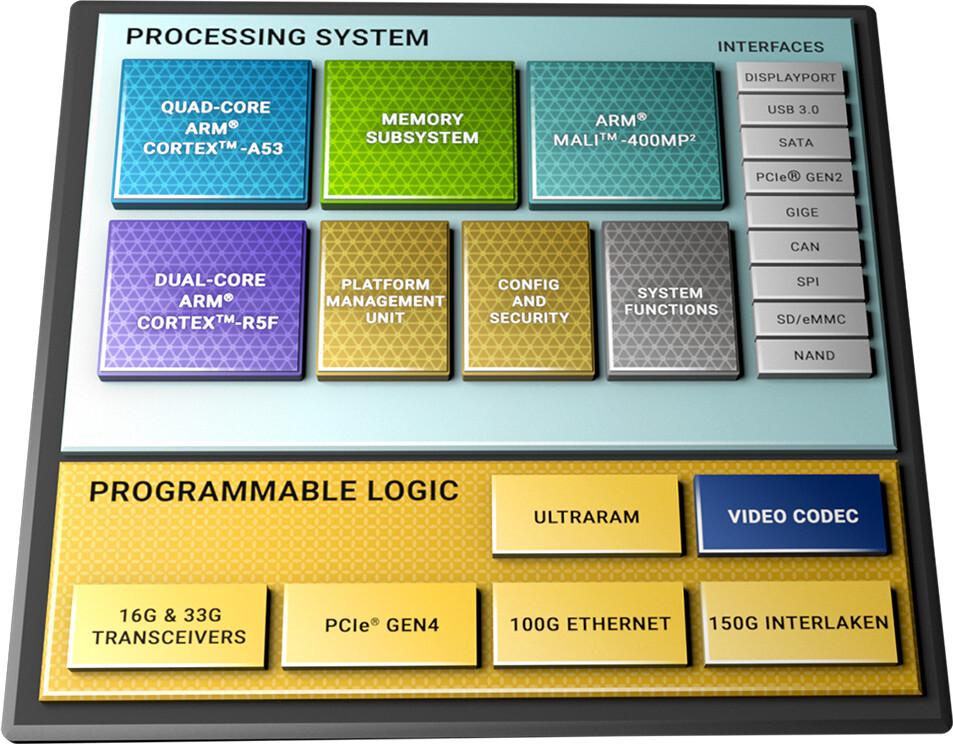DENSO is using the AMD XA Zynq UltraScale+ multi-processor system-on-a-chip (MPSoC) platform in its Single-Photon Avalanche Diode (SPAD) LiDAR system, which generates the highest point-cloud density level of any LiDAR system on the market today.
Point-cloud density describes the number of points within a given area and is analogous to image resolution, where richer data ensures that crucial decision-making details are captured.
Generally, SPAD-based systems are being adopted by automakers because of the space savings that can be achieved. The highly adaptable XA Zynq UltraScale+ MPSoC enables DENSO's LiDAR systems to reduce the size of current LiDAR implementations, allowing multiple LiDARs to work in tandem for forward view and side views of a vehicle. One device can be used for multiple DENSO LiDAR systems, including future generations, which drives down system costs and helps designs be future-ready.
Current vehicles in production may have just one forward-looking LiDAR, but next-generation vehicles will have multiple systems including forward-, rear facing- and side-view LiDARs. The additional systems are needed to move beyond driver assistance to full autonomy. DENSO LiDAR can also be used for infrastructure monitoring, factory automation and other non-automated driving applications.
"We are excited to expand our collaboration with AMD as we introduce our next-generation LiDAR system," said Eiichi Kurokawa, head of Sensing System business unit, DENSO Corporation. "AMD high-performance, highly scalable, programmable silicon offers distinct benefits for the extremely complex image processing requirements of our LiDAR sensor architecture. The flexibility and capabilities of the Zynq UltraScale+ MPSoC platform and its ability to meet stringent functional safety requirements led us to work with AMD."
DENSO's SPAD LiDAR can generate over three million points-per-second at 10 frames per-second3. This middle-range LiDAR system uses XA Zynq UltraScale+ MPSoCs for system monitor functionality to help enable the temperature and overall system to function correctly. Because the system uses time-to-digital conversion instead of analog-to-digital converters, the overall system size and cost can be optimized while still delivering high-performance high-density data.
"DENSO has developed an exceptionally precise LiDAR system. With LiDAR continuing to evolve, there are new technology requirements, driving the need for improvements in sensitivity, density and performance," said Mark Wadlington, senior vice president and general manager, Core Markets Group, AMD. "Through AMD adaptive computing technology we're helping to enable a reduction in system size and space, while also improving resolution for increased precision in object detection, all at very low latency."


